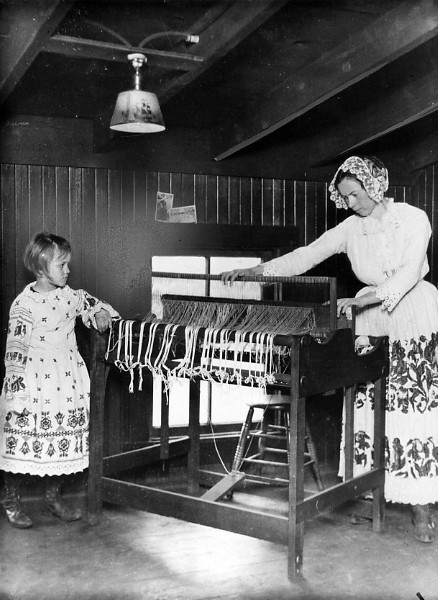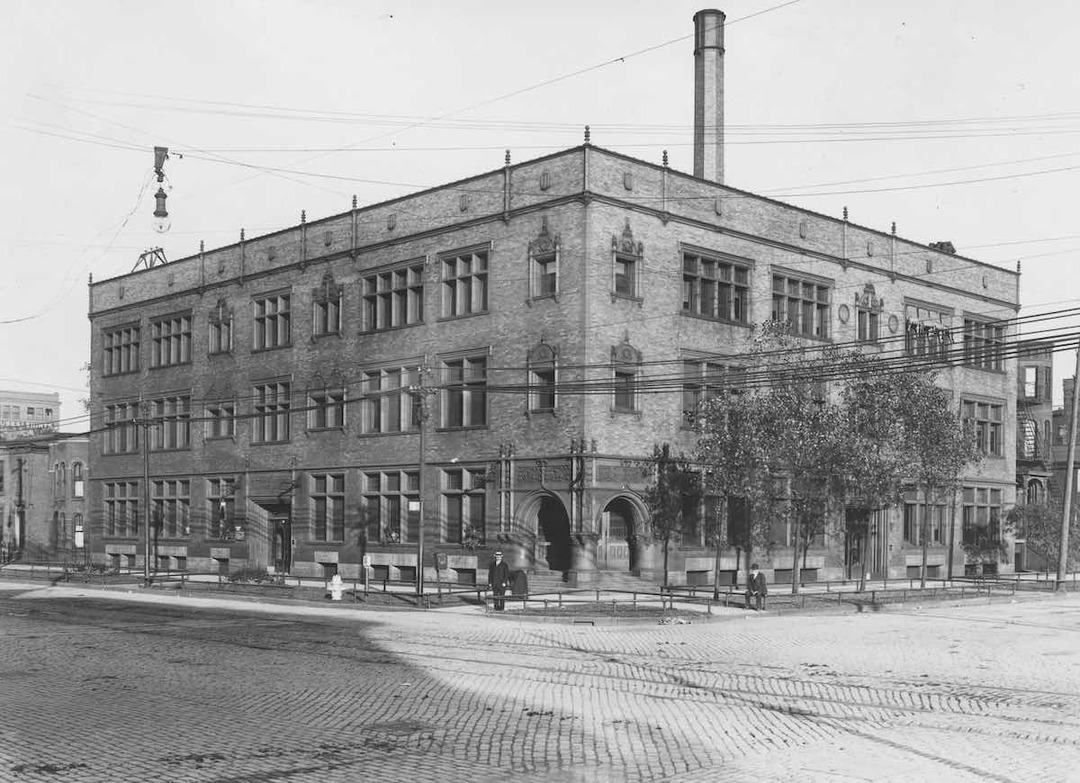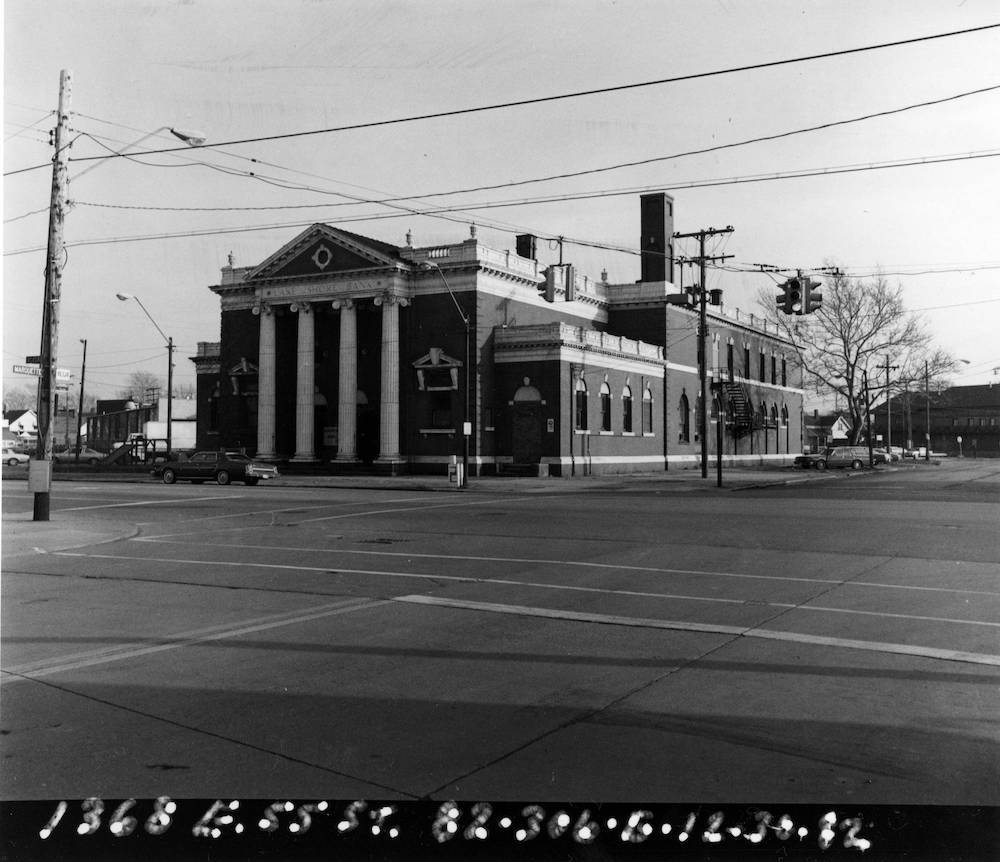Goodrich House
Flora Stone Mather's Tribute to Her Old Stone Church Pastor

The Goodrich House was erected in 1897 and was founded by Flora Stone Mather. Mrs. Mather can be described as a pious woman who was influenced by the establishment of other settlement houses in Cleveland, most notably the Hiram House. She named the organization out of loyalty to her pastor at Old Stone Church, William H. Goodrich. The first location of the Goodrich House was in downtown Cleveland on East 6th and St. Clair Avenue. Within two years of its opening it had summer camps and education classes in a variety of subjects. The Goodrich House organized street clubs while also providing classes and workshops for cooking and sewing. One of the Goodrich House's most famous alumni is Newton D. Baker who became the 37th mayor of Cleveland from 1912 to 1915 and the U.S. Secretary of War from 1916 to 1921.
As the reputation of the Goodrich House increased, it used programs to promote unity and break down barriers of mistrust between immigrants from countries such as Italy, Ireland and Poland. For example, in 1918 it hosted an "All Nations Pageant" to ease tensions among immigrant ethnic groups who often wrestled over employment and housing privileges.
The Goodrich House always emphasized its connection with the inhabitants of the community and developed programs to serve their needs. Like other settlement houses, it served a vital role in assisting Cleveland's poor during times of malcontent. For example, the Goodrich House formed soup kitchens for those whose families who were unable to cook during the flu epidemic of 1918-19. The settlement later created a newsletter for soldiers during World War II and offered a day nursery for children who resided in downtown hotels. In a 1950s pamphlet the Goodrich House defined itself as, "A social settlement, helping people in the neighborhood 'realize'" that what is good for one family is good for everyone."
In 1963, Goodrich House was renamed Goodrich-Gannett Neighborhood Center, honoring both Reverend Goodrich of the Old Stone Church and Alice Gannett, a long-time head worker at the settlement house. The name change of the organization coincided with the purchase of the old library building it was then occupying at 1368 East 55th Street. The Goodrich-Gannett Neighborhood Center later moved to a new facility just down the street at 1400 East 55th Street. Soon after the settlement closed in 2019, the facility became the new home of another social service agency, the Northern Ohio Recovery Association, which provides chemical dependency services.
Images








